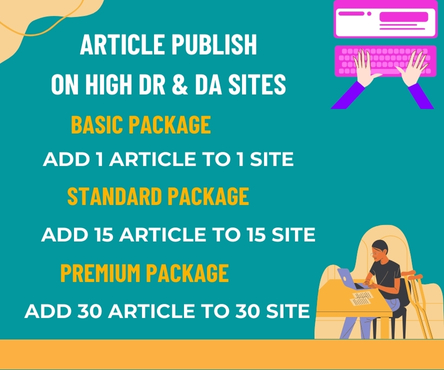The global shift toward electric vehicles (EVs) is gaining momentum, but one of the most significant challenges still holding back widespread adoption is charging convenience. While EVs offer eco-friendly transportation and lower operating costs, long charging times have often been a concern for drivers accustomed to the quick refueling of traditional gasoline cars. This is where DC charger plays a crucial role, acting as a bridge between early adopters and the mainstream market.
The Need for Speed in Charging
For many potential EV buyers, the thought of waiting several hours for a vehicle to charge is discouraging. Traditional Level 1 and Level 2 chargers, although useful for overnight home charging, are not practical for long-distance travel or quick top-ups during busy schedules. DC fast charging addresses this challenge by providing high-power electricity directly to the vehicle’s battery, significantly reducing charging times. With the ability to recharge most EVs up to 80% in less than 30 minutes, fast charging makes electric mobility more practical and convenient for everyday users.
Enabling Long-Distance Travel
Another reason DC fast charging is key to mainstream EV adoption is its role in supporting long-distance journeys. Range anxiety—the fear of running out of battery before reaching a charging point—has long been a barrier for many drivers. A well-developed network of fast chargers along highways and urban centers reassures drivers that they can travel confidently without long interruptions. Just as gas stations became essential for traditional cars, DC fast charging hubs are becoming the backbone of the EV ecosystem.
Supporting Urban and Commercial Growth
Fast charging stations are not only beneficial for private car owners but also for commercial fleets and ride-hailing services. Delivery companies, taxis, and ride-share drivers rely on quick turnaround times to keep operations running smoothly. DC fast chargers allow these businesses to maximize vehicle uptime, reduce downtime costs, and transition to cleaner transportation without compromising efficiency. This commercial demand will further accelerate the deployment of charging infrastructure, creating a ripple effect that benefits all EV drivers.
Driving Policy and Infrastructure Investment
Governments and private companies around the world recognize the importance of fast charging for EV adoption. Significant investments are being made to expand charging networks, often with incentives for businesses to install DC fast chargers. Public-private partnerships are accelerating infrastructure growth, ensuring that fast charging becomes as accessible and reliable as traditional fueling stations. These developments not only support the automotive industry but also align with broader sustainability goals to reduce carbon emissions.
Overcoming the Final Barriers
While DC fast charging offers clear benefits, challenges such as high installation costs, grid capacity, and standardization still exist. However, ongoing technological advancements are addressing these issues. Improved battery chemistries, smarter charging management, and renewable energy integration are making fast charging more efficient and sustainable. As these improvements continue, the barriers to mainstream EV adoption will diminish.
Conclusion
DC fast charging is more than just a convenience—it is a catalyst for change in the transportation industry. By making EV charging faster, more accessible, and reliable, it paves the way for electric vehicles to move beyond early adopters and into the mainstream. With continued investment, innovation, and infrastructure growth, DC fast charging stands as one of the most critical keys to unlocking a future where EVs dominate the roads.

